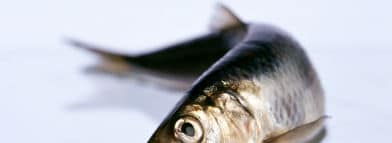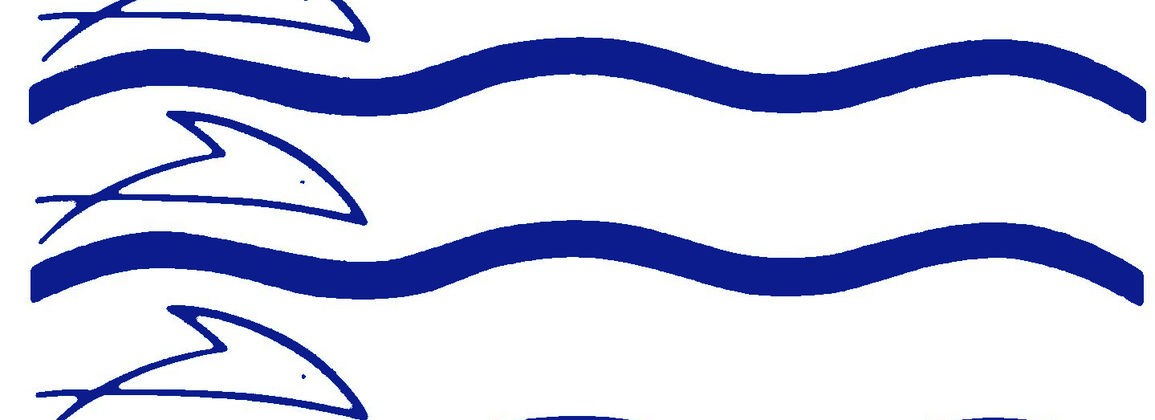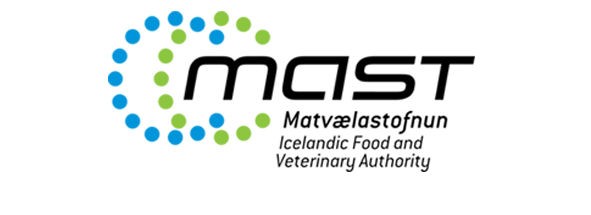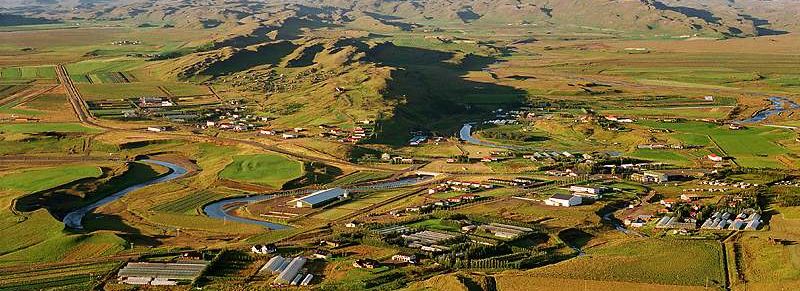Breeding of bait fish (Tilapia) was discussed in Landan recently. Sunday. There, Ragnar Jóhannsson, director of Matís, discussed the possibilities of Icelanders in the industry.
The whole episode can be seen here (the farming discussion comes first) and a summary of the episode can be found here.
At Matís, we work hard on advances in aquaculture. An important factor in this context is research in favor of aquaculture, which aims to improve the quality and increase the efficiency of the industry. The research is conducted in close collaboration with companies, universities and domestic researchers in order to build up the broadest knowledge base that is useful to both Icelandic and foreign aquaculture companies.
The aim of Matís 'and partners' research is to improve the performance, growth and quality of marine fish in the early stages of aquaculture, to develop older and new technologies to increase efficiency in the production of the main commercial species in aquaculture and to find ways to reduce feed costs in aquaculture without compromising the growth of the fish or the quality of the products.
Feed costs are more than half of the operating costs of aquaculture, so it is important to look for ways to reduce them without affecting the growth and health of the fish. Feed research also contributes to the development of more targeted nutrition based on the needs of the fish. Great emphasis is placed on prevention in the first stage of farming, which is the main bottleneck in sea fish farming, and they have a great influence on the life expectancy of the larvae, and thus on the success of the farming.
The main emphasis has been on the use of new lighting technology to delay / exclude puberty during cod rearing. The development of cod farming has been based on knowledge gained from the farming of other species, but it is clear that farming technology is an important focus area for cod farming.
For more information know Ragnar Jóhannsson, director of Matís.















